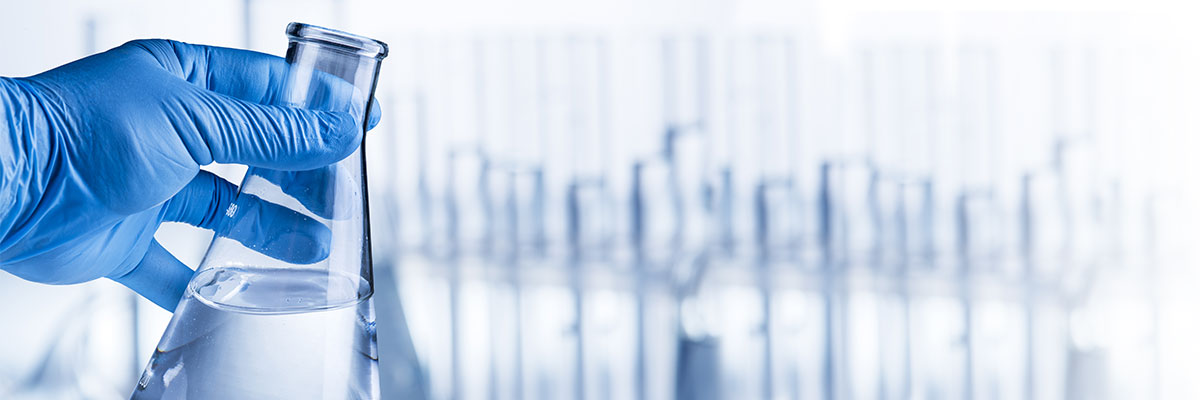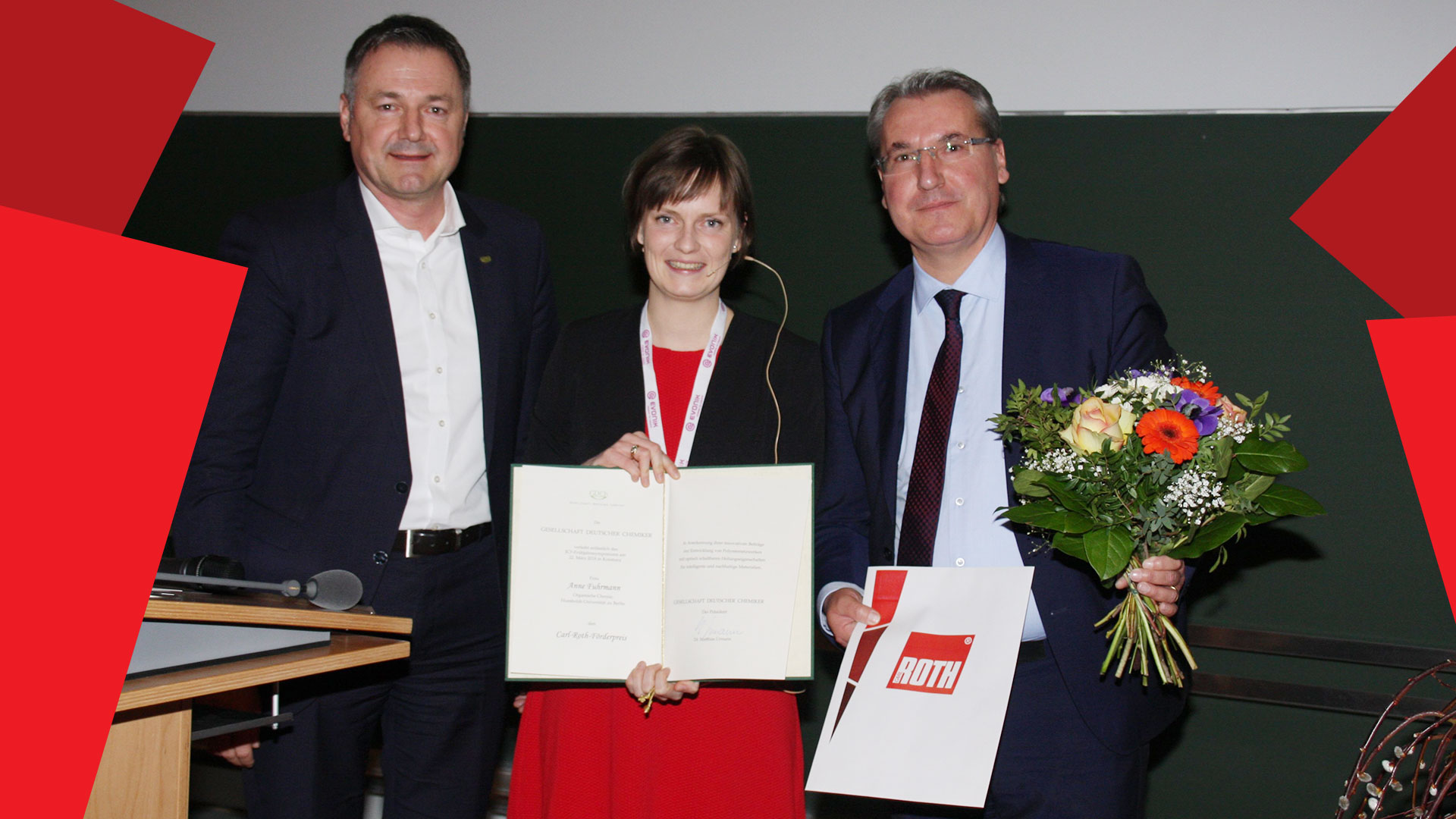
The Erlenmeyer flask – laboratory apparatus with baffles and all
Hardly any other glassware is as emblematic of laboratory work as the Erlenmeyer flask. Its shape with the flat bottom and the upward tapering neck is unmistakable. The Erlenmeyer flask is therefore often used as a symbol or logo to represent science in general – even if this device is not necessarily used in the process.
Its namesake and developer, the German chemist Emil Erlenmeyer (1825-1909) worked closely with scientists who are also known for their laboratory equipment. Erlenmeyer namely received his doctorate from Justus von Liebig (after whom the Liebig condenser is named) and later qualified as a professor with Robert Bunsen (the developer of the Bunsen burner).
A glass vessel as an all-rounder
Since the Erlenmeyer flask was developed in 1860, it has become one of the most frequently used devices in everyday laboratory work. This is because it combines many of the advantages of round bottom flasks and beakers. In addition, it is available in different versions so that it can be used in a particularly versatile way.
Erlenmeyer flasks are mainly used for mixing liquids and solutions. The narrow neck and conical shape allow the contents to be swirled and shaken a lot – without the risk of anything splashing out immediately. The beakers used in the past are only suitable for doing this to a limited extent. The flat bottom of the Erlenmeyer flask also allows it to be set down. With a round-bottomed flask, which is also well suited for mixing, this is only possible with aids such as a stand or cork ring.
Swivelling, mixing, stirring, aspirating
The wide-necked shape of the Erlenmeyer flask is particularly suitable for adding solids or evaporating liquids. Such wide-necked Erlenmeyer flasks were formerly called “Maulaffen” in German (literally “mouth monkeys”). Possibly this curious name has something to do with the Low German “Muul apen” (“mouth open”).
The variant with a narrow neck and ground glass joint can be closed tightly. It is therefore often used to store liquids. However, this variant was originally developed to determine the content of unsaturated fatty acids in oils and fats – the so-called iodine value. This is where the name of this variant comes from: iodine number flask.
The suction bottle, which is used to filter suspensions, also goes back to the Erlenmeyer flask. Due to the thick wall and with the help of the hose connection, negative pressure can easily be applied here, which significantly accelerates filtration.
However, Erlenmeyer flasks are not only used for mixing or heating liquids. In microbiology, aerobic bacteria can be excellently cultivated in them. For this purpose, the flasks are filled with the culture solution and placed on shaking machines. This keeps the solution constantly in motion and well supplied with oxygen. For this purpose, there are also special Erlenmeyer flasks with built-in baffles. The glass protrusions inside the flask provide additional mixing.
Steve Jobs once said “Design is not just about how something looks. Design is also how something works”. Perhaps this realisation is the secret of the Erlenmeyer flask’s success. With its simple but immensely effective shape, it’s probably no wonder that it became a symbol of laboratory work and science.





